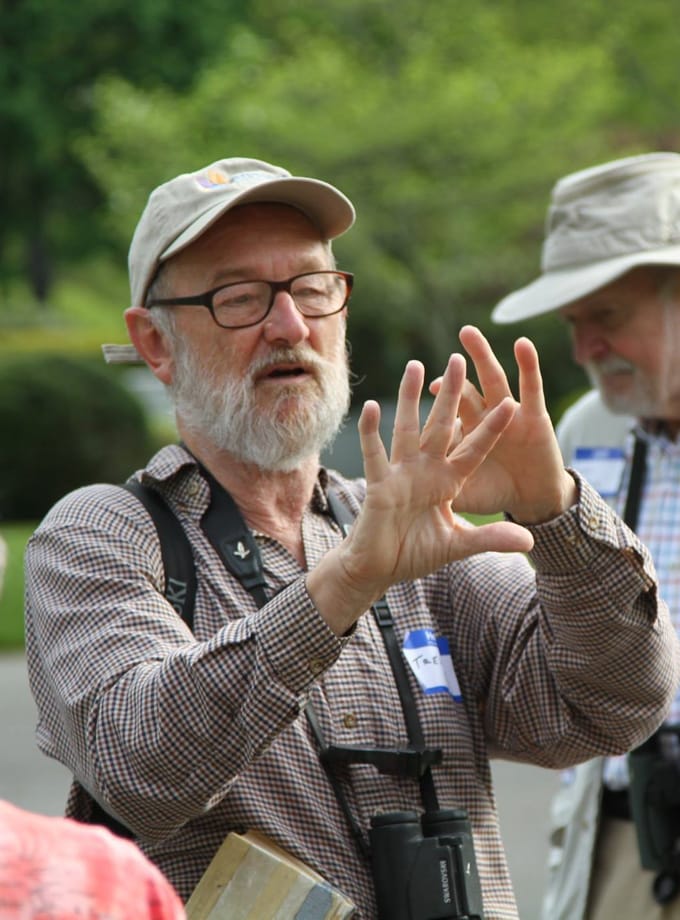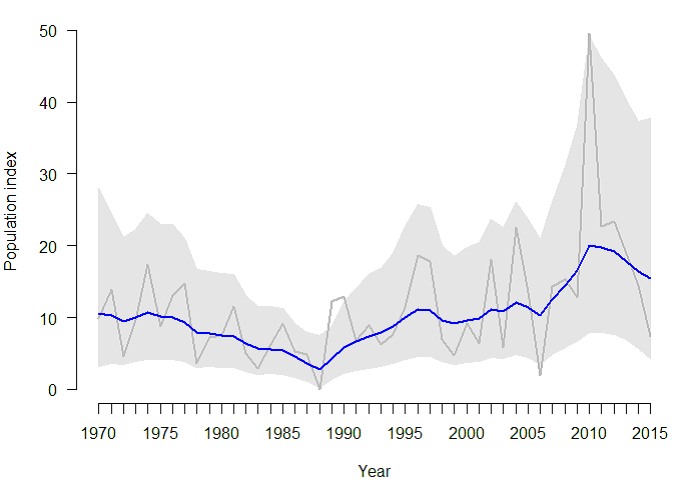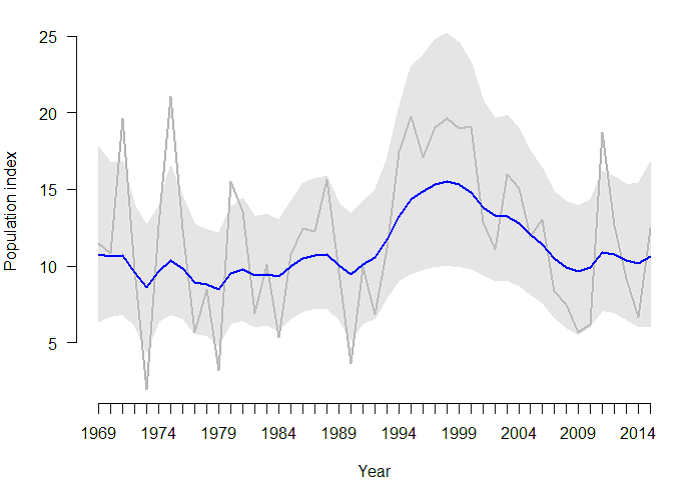In late February 2020, the bird world was focused on a study published in the journal The Auk: Ornithological Advances, taking a look at migration trends of the Black-throated Blue Warbler (BTBW).
Manomet’s data were included in this paper by Kristen Covino, lead author and assistant professor of biology at Loyola Marymount University, et al. (Seasonally specific changes in migration phenology across 50 years in the Black-throated Blue Warbler; Auk Volume 137, 2020, pp. 1–11 DOI: 10.1093/auk/ukz080). The goal of the Covino study was ‘to investigate whether the Black-throated Blue Warbler migration patterns by demographic groups, across a broad geographic range, and across time, are similar to what has been documented in previous studies of spring migration, and to clarify patterns of fall migration, which have inconsistent support in the literature.’
The study found that across the 50-year period that was studied, passage of early individuals, the date at which the first 5% of individuals had been captured, occurred significantly earlier during both spring and fall. However, equivalent analyses on peak migration, the date of passage for half the cumulative number of migrants banded, indicated no difference in overall migration timing across years in fall but slightly earlier during spring migration. Covino told NBC News that “in some species, the change that is occurring in the timing of migration is coinciding with changes in environmental conditions.”





 Back to all
Back to all


